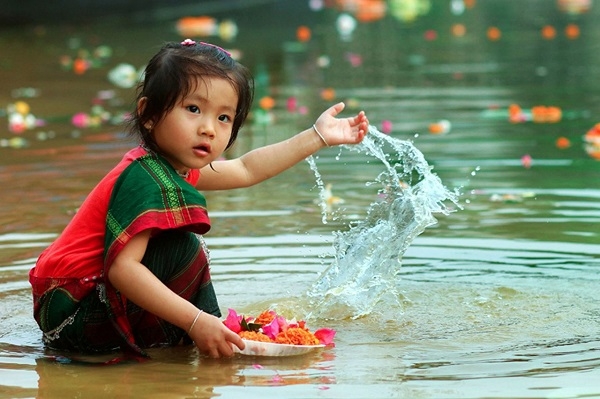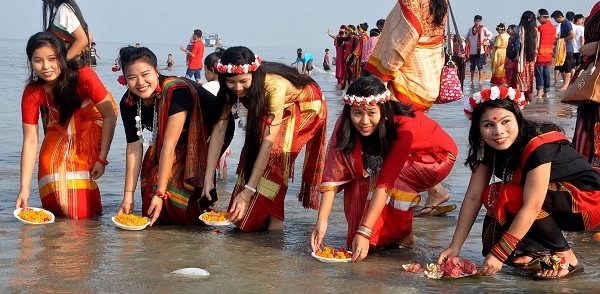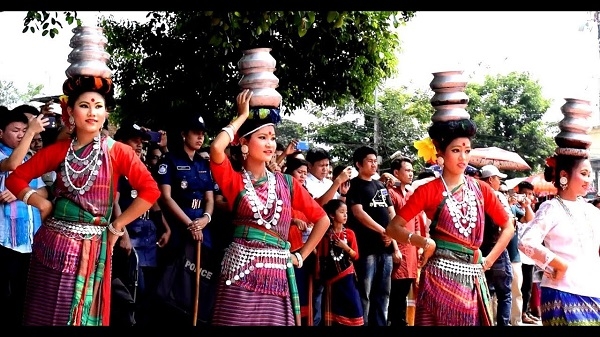9 things to know about not so popular but yet important fest for north-east people- the 'Biju Festival'
Total Views |
People of every state in India love and cherish the celebration of significant cultural and religious events. Every Indian state has its own way of celebrating occasions such as the last day of the year or the new year and one of such kind is the 'Biju Festival'. It is considered to be a prestigious and important festival, especially for north-east people.

1) The three-day colorful festival marks the last day of the Bengali calendar .i.e. the Chaitra-Sankranti and is the beginning of the new year which is mostly celebrated by the Chakma community in the north-east part of India.
2) Biju is a festival, which revolves around agricultural activities when the earth is just drenched with the first rain and the jhum sowing is taken up. It is believed to obtain rich harvest, worship of the earth was arranged that, later, took the form of a festival.
3) Different communities call the festival by different names- for Tripura it is Baisu, Marma calls it Sangrai, Chakma calls it Biju and Tanchangya names it as Bishu.
4) The first day is called Phool Biju and is observed by offering floral tributes to the nearby rivers with houses being cleaned and decorated with flowers. The lamps are lit in Buddhist temples and prayers are offered to the Buddha.

5) The second day is called Mul Biju and is celebrated with traditional dances and songs and a special food item popularly known as “pajon” is prepared which has at least 22 vegetables in it. It is said, according to Chakma belief, a person dying on the day of Mul Bizhu goes to heaven.
6) The day culminates with the special Biju dance which is accompanied by the rhythms of traditional musical instruments which include percussion and flute, some of which are crafted out of bamboo.

7) The third day is called Gotche Potche Biju where elders in the community are honored with an elaborate feast with marriage ceremonies to their spouses. The festival was originally used to be celebrated for a fortnight. However, in changing times, it ends in three days.
8) During the festival, the women wear pinon and khadi along with silver ornaments while the men wear a headgear called khabang and a dhoti and jacket.
9) Different cultural programs, including Chakma dance, Marma Chata Nach, Jolkeli and Tripura Goraiya dance, are performed to highlight the indigenous people's distinctive cultural heritage.

